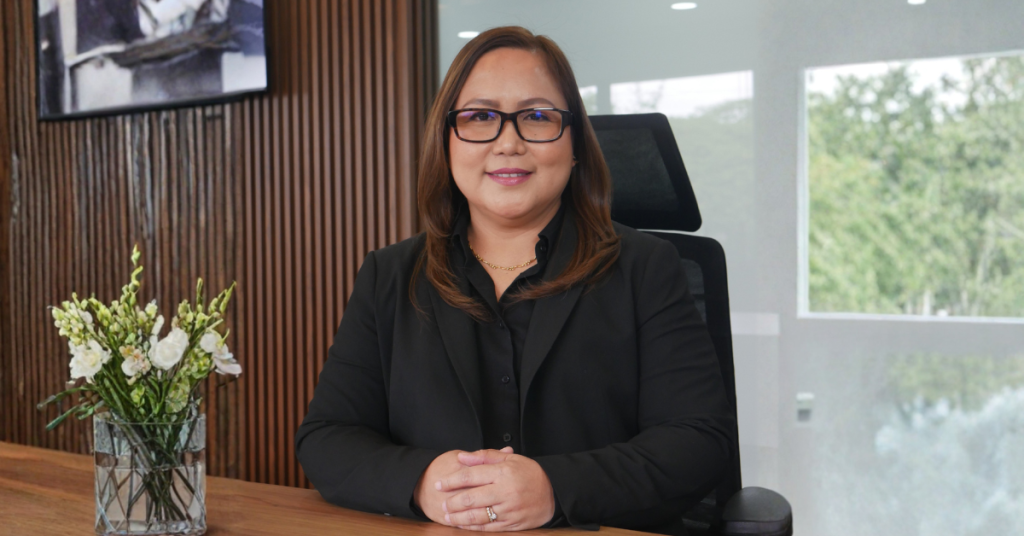When workplace conflicts arise, many leaders are tempted to put their foot down and end the dispute with a decisive order. But for finance leader Divina Gracia Sasuman, Certified Management Accountant, the best way to resolve conflict isn’t through power—it’s through understanding.
“A leader must choose dialogue, not dominance,” she says. “Every difficult behavior or situation is often an unmet need or frustration. It may also be because of a lack of clarity.”
This philosophy has shaped how she navigates challenging situations and why her teams trust her to handle them fairly.
Why Conflicts Are More Than Just Clashes of Personality
Sasuman believes that most conflicts don’t start because people inherently dislike each other. More often, they arise from unclear expectations, poor communication, or unmet needs—whether personal or professional.
“A conflict can stem from something as simple as not knowing exactly what’s expected,” she explains. “If expectations are unclear, people will operate in different directions, and misunderstandings will naturally follow.”
Recognizing this, she treats conflict as a signal, not just a problem. It’s a sign that something deeper needs to be addressed.
The Power of Addressing Issues Early
For Sasuman, timing is critical. She believes in addressing issues right away before they have a chance to escalate and damage the team’s morale.
“The longer you let tension simmer, the harder it becomes to resolve,” she says. “Addressing it early shows your team that you care about their working environment and that you’re paying attention.”
By confronting the issue promptly, she sends a clear message: the goal is not to punish, but to resolve—and to do so in a way that protects both the individual and the team.
Coaching Over Commanding
Rather than imposing a solution, Sasuman often turns to one-on-one coaching sessions to work through conflicts. These conversations focus on facts and behaviors, not personalities.
She makes it a point to give employees a chance to share their side of the story, listen with empathy, and then work together on a resolution plan. “Sometimes, the root of the problem is a lack of skills or confidence,” she explains. “In those cases, mentoring and coaching can make all the difference.”
By choosing coaching over commanding, she not only resolves the immediate issue but also strengthens the individual’s ability to handle challenges in the future.
Creating a Culture of Accountability
Conflict resolution, in Sasuman’s view, isn’t just about solving disputes—it’s about building a culture of accountability where employees feel both supported and responsible for their actions.
She makes sure that resolutions are clear, documented, and followed up on, ensuring that the behavior changes and the working relationship improves. “If you don’t hold people accountable after a conflict, you risk the same problem coming back,” she warns.
This balance—empathy paired with accountability—keeps teams healthy and high-performing.
Why Dialogue Builds Stronger Teams
Dominance might solve a problem quickly, but it rarely addresses the root cause. Worse, it can create resentment or fear, leading employees to avoid speaking up in the future.
By contrast, Sasuman’s dialogue-based approach builds trust and openness. When employees see that disagreements are handled fairly and respectfully, they’re more likely to raise concerns early, preventing bigger issues down the road.
“People want to feel heard, even if the final decision isn’t in their favor,” she says. “When you listen, you show respect—and respect is the foundation of any strong team.”
A Leadership Lesson That Applies Anywhere
Whether you’re leading a small department or managing a multinational team, Sasuman’s philosophy holds true: conflict is inevitable, but how you handle it defines your leadership.
“Choosing dialogue over dominance doesn’t make you weak—it makes you effective,” she says. “You can’t lead people if you’re not willing to understand them.”
For her, leadership is not about avoiding tough conversations—it’s about leaning into them with empathy, clarity, and the courage to hold people accountable. And in the process, it’s about creating a workplace where people know that even in moments of conflict, their voices will be heard.
![]()



